What’s it like to follow a cow worth more than some Ferraris? I found out in Kobe, Japan, home of the world’s most coveted beef. From baby calves in jackets to million-dollar auctions, and finally a $3,000 sandwich dripping with gold, here’s the inside story of Wagyu, including how it’s grown, sold, and served.
From baby calves to giant cows
At Usunaga-san’s farm, the baby cows weighed just 25–30 kilograms, bundled in coats because they get cold. However, within months, they’ll pack on a kilo a day and grow into 700-kilogram giants. The largest can reach up to 950 kilos, which is almost 2,000 pounds!
Forget the myths about daily massages and Mozart at bedtime. The reality is more science-based. These cattle are fed carefully balanced diets, including fermented feed made with sake, beer, whiskey, soy sauce, and mirin. There’s not enough alcohol to get them drunk (though apparently they’d just fall asleep), but there is enough to create the fat marbling that makes Wagyu world-famous and delicious.
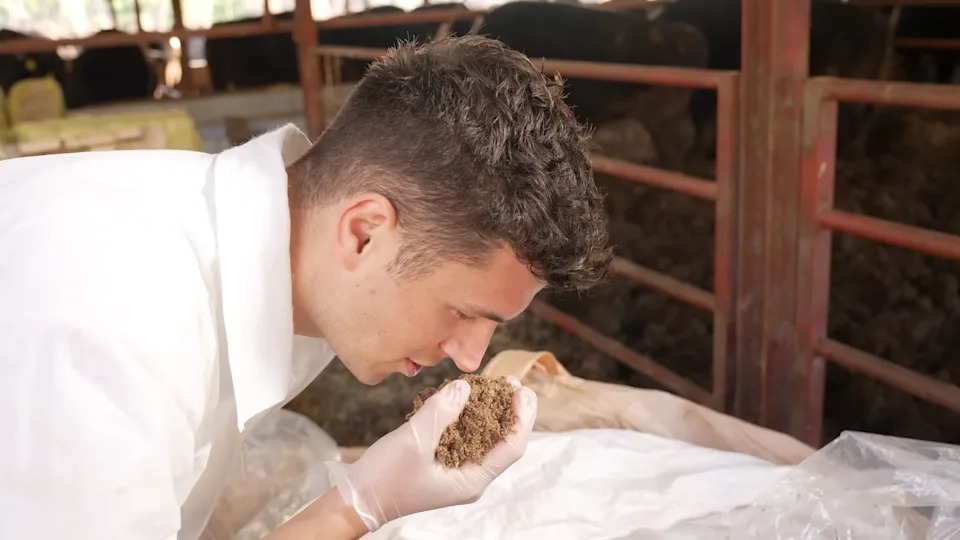 Tracking, water, and the secret recipe
Tracking, water, and the secret recipe
While visiting the farm, I learned that every cow in Japan has a ten-digit tag for full traceability. I’m talking birthplace, farm – everything. They also drink natural spring water, the same high-quality water humans drink. Farmers swear that’s part of the “secret recipe” behind the melt-in-your-mouth beef.
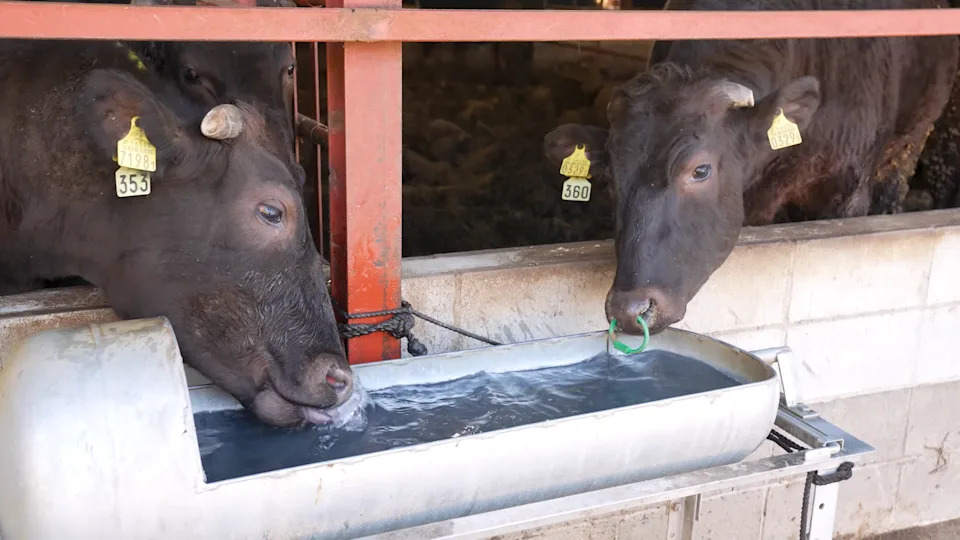 The high-stakes wagyu auction
The high-stakes wagyu auction
My next stop was a wagyu auction. Only insiders like Yamamoto-san can get you in. Picture a giant trading floor, except instead of stocks, it’s cattle, each paraded one by one. All of the cattle are impressive, but the crown jewel of the day was a trophy cow with an A5 rating, the absolute highest grade of wagyu.
The bidding room is a whirlwind of activity, and my heart was racing. However, thanks to a unique technique, I won the prized cow. Worth tens of thousands of dollars, it was the cow everyone wanted, and I couldn’t have been happier, though it wasn’t exactly the time or place for celebrating.
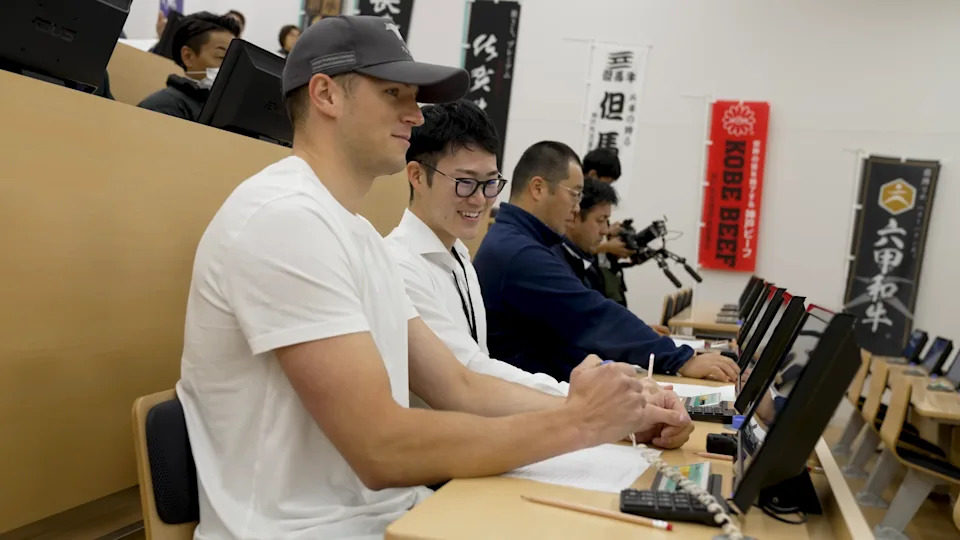 Meeting the meat artists
Meeting the meat artists
Winning is only the beginning. At the butcher’s, masters of their craft broke down the cow with surgical precision. One, nicknamed “the Meat Artist,” sculpted roses and intricate displays out of fat and tenderloin, turning raw beef into a masterpiece.
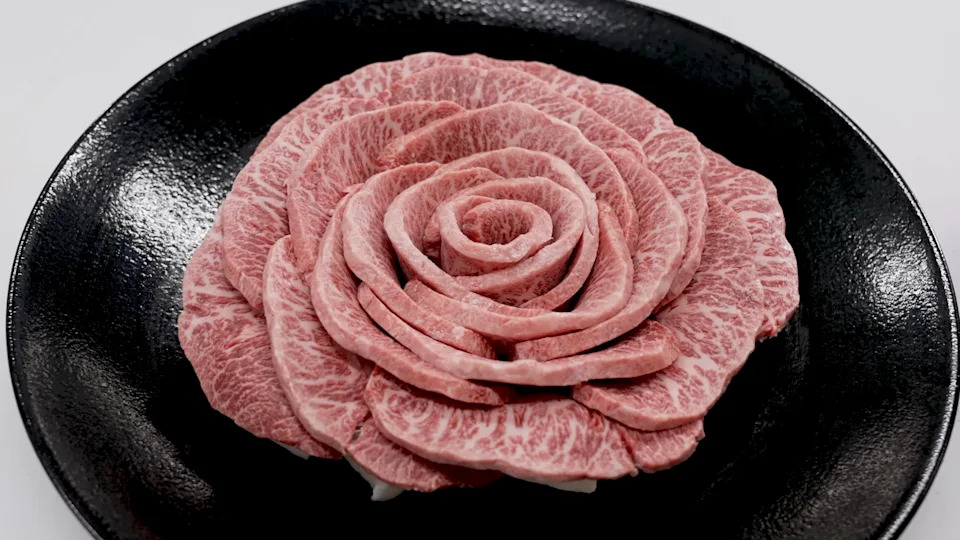
Each cut revealed new marbling patterns, each even prettier than the last. Even on the slippery, fat-covered floor (probably the most expensive floor in the world), you could sense the reverence for every gram of this meat.
 Three levels of Kobe beef at Wagyumafia
Three levels of Kobe beef at Wagyumafia
Finally, I brought our cow to Wagyumafia, Tokyo’s exclusive members-only Kobe beef temple, run by Chef Hama, who is known as the “Prince of Kobe Beef.” He cooked three unforgettable courses, breaking them down into levels:
Level one: Kobe beef sushi
Delicate nigiri was brushed with barrel-aged soy, topped with sea urchin and caviar. One bite, straight from the chef’s hand, offers sweet, briny, and buttery flavors all at once.
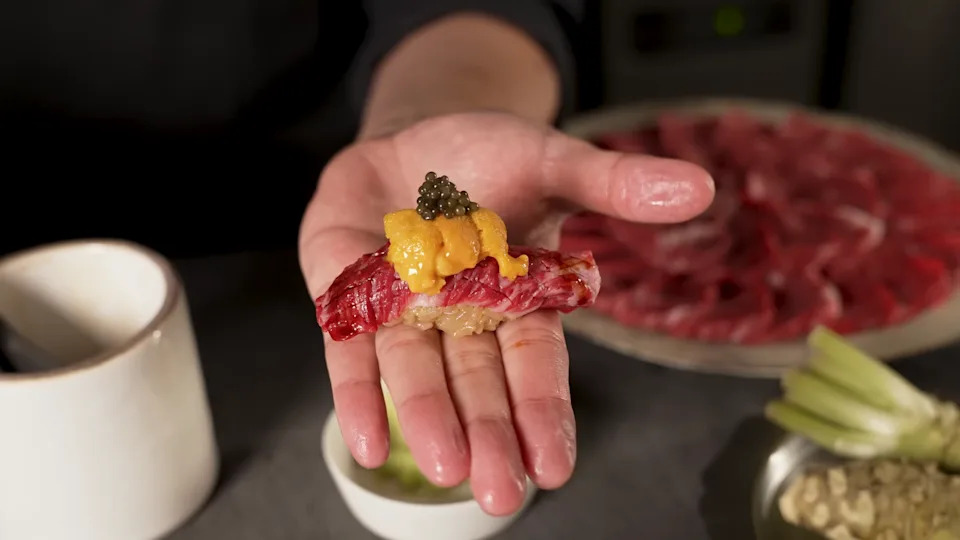 Level two: Yakiniku (beef tongue)
Level two: Yakiniku (beef tongue)
Scored, kissed by charcoal, and finished with salt, the strips of beef were chewy, smoky, and unlike any tongue I’ve ever tried, in the best way, of course.
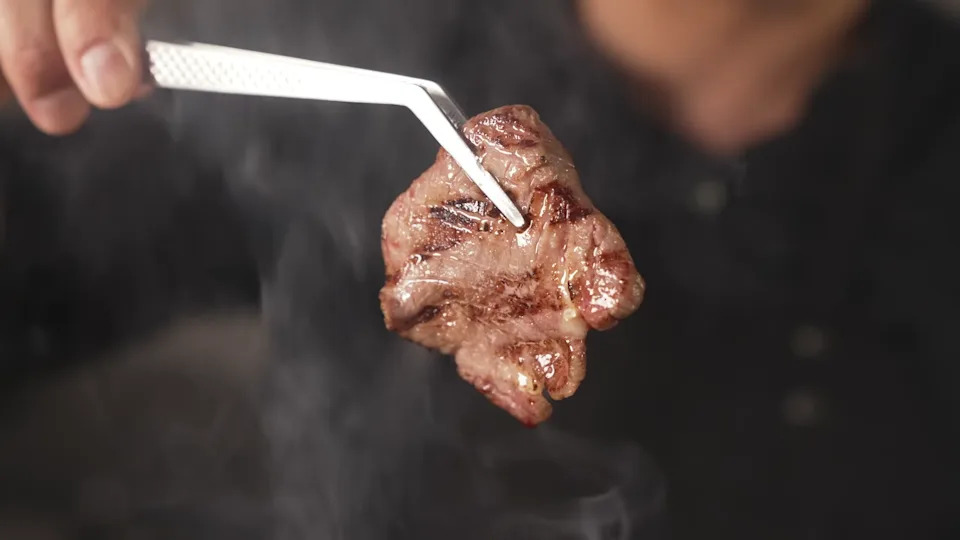 Level three: Wagyu katsu sando
Level three: Wagyu katsu sando
A $3,000 chateaubriand tenderloin was fried, sauced, and sandwiched between milk bread. Trimmed and topped with flakes of gold, each bite was pure indulgence. The flavor is truly impossible to put into words.
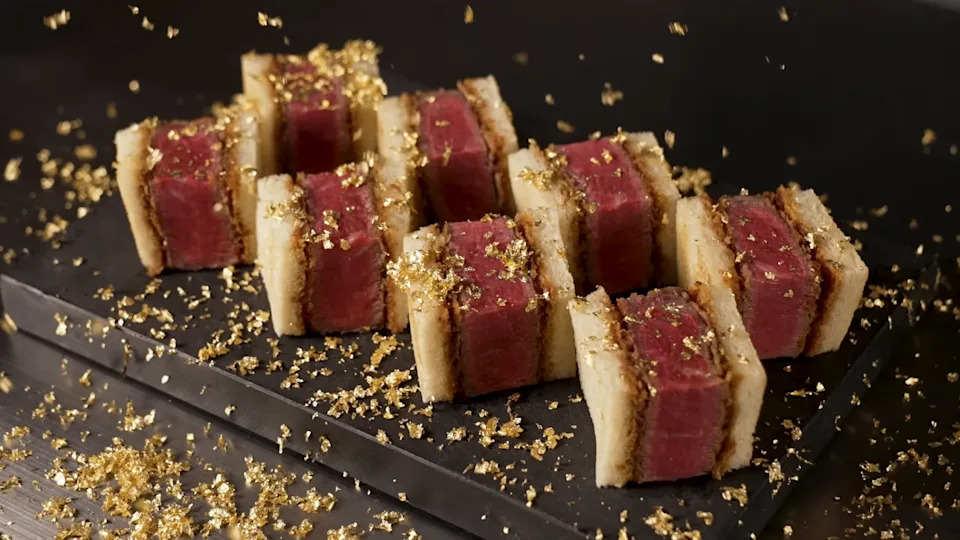
It’s safe to say that Kobe beef isn’t just food. It’s a journey. From the farms where calves wear jackets, to the auctions where fortunes are spent, to chefs who treat each cut like art, it’s an entire world built around one extraordinary flavor.
It’s always been one of my favorite foods. Now, I truly understand the processes that make it so special. Kobe isn’t just beef. It’s history, craft, luxury, and obsession all served on a plate.


AloJapan.com